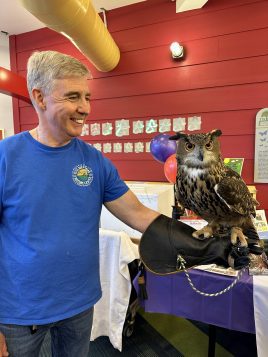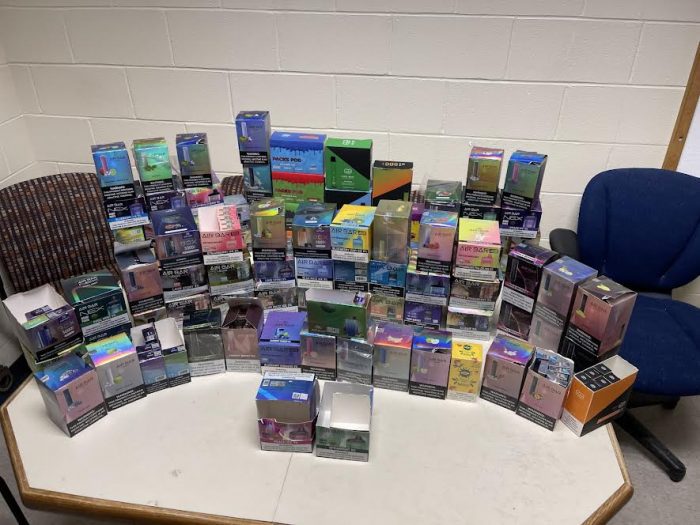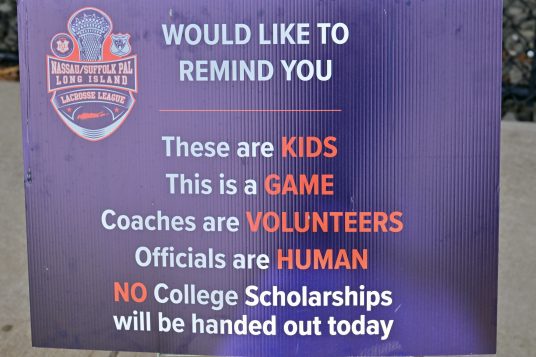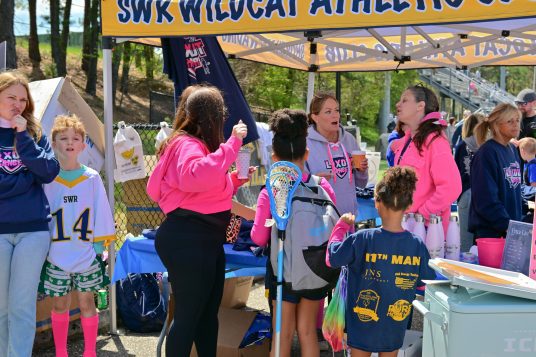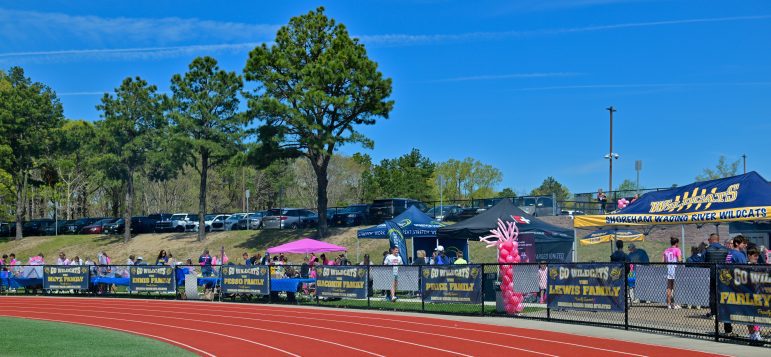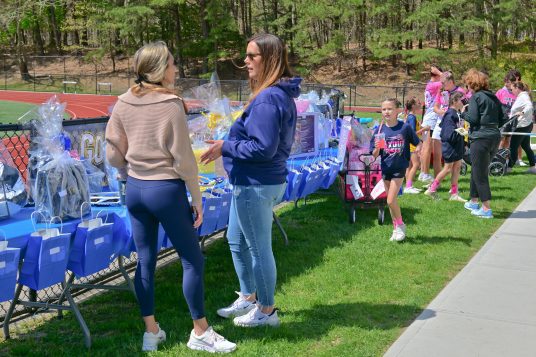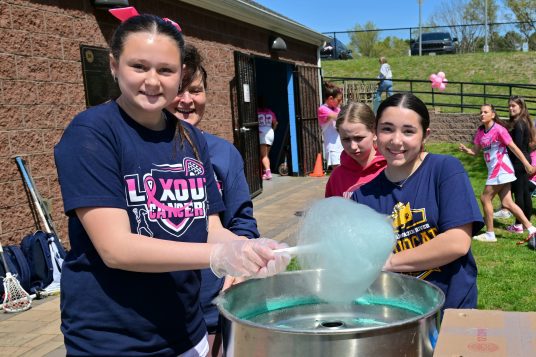By Tara Mae
Like separate entries in an anthology, different community organizations offer rich options for diverse cultural endeavors that form a cohesive collection of experiences to encourage understanding and appreciation.
In this spirit, Middle Country Public Library’s Centereach branch at 101 Eastwood Blvd. will host Museum Day on Thursday, May 16, from 4 to 7 p.m. The event is free and no registration is required.
This year 30 local institutions are participating, including the Long Island Museum of American History, Art and Carriages (LIM) in Stony Brook, Three Village Historical Society (TVHS) in Setauket, Whaling Museum and Education Center of Cold Spring Harbor, Railroad Museum of Long Island in Riverhead, and Sweetbriar Nature Center in Smithtown.
“The purpose [of Museum Day] is to provide a forum for community members to interact with representatives from local museums, historical societies, science and nature centers that participate to share information regarding their collections, programs, and exhibits in a festival type setting,” said Deborah Hempe, Middle Country Public Library’s Coordinator for Outreach Services and Museum Corner.
Held at the Museum Corner section of the library, which is part of the Youth Services Department, Museum Day is geared towards children and their families. Interactive elements across multiple mediums include science experiments, arts and crafts, live animal visits, and interaction with museum displays and artifacts.
“For many children, looking and listening isn’t enough to activate the desire to learn. At events like this, children are presented with opportunities to also create, explore objects for themselves, and feel a connection that is personal,” said Lisa Unander, Director of Education at the Long Island Museum. “That feeling can be a catalyst to spark wonder and a lifelong love of art and history.”
The LIM will have a collage project inspired by the art of Reynold Ruffins, whose work is featuring in one of its current exhibits, Painting Partnership: Reynold and Joan Ruffins. The activity will concentrate on how using color and geometric shapes can create art.
TVHS will set up a mini-exhibit and teach hands-on crafts, like making colonial whirligigs. Sweetbriar Nature Center will attend with two of its ambassador animals; traditionally, a resident owl and snake come as its guests. The Railroad Museum of Long Island will set up a train display.
“I enjoy seeing the families who attend Museum Day and [engaging] with the children on hands-on learning activities we offer during the event,” said Education Coordinator of TVHS Lindsey Steward-Goldberg.
These offerings are made to energize minds and excite imaginations.
“Museums can be places that introduce new ideas, unique perspectives and often challenge people’s ways of looking and thinking. Giving children a chance expand their way of thinking and encouragement to be creative in unexpected ways is often a goal of museum educators,” Unander said.
For 35 years, Middle Country Public Library has organized the gathering in conjunction with International Museum Day, which falls on or around May 18. In 2023, more than 37,000 museums in about 158 countries and territories took part in the celebration.
Coordinated by the International Council of Museums, International Museum Day has a distinctive theme every year; 2024’s focus is Museums for Education and Research.
Although the motif changes, primary objectives of the official occasion and the library’s exhibition remain consistent: to alert people to the role museums play in the advancement of society and fortify the cooperation between neighboring operations.
“The public is able to learn about what these local organizations have to offer in a fun and interactive setting…Additionally, it provides a nice way for the organizations to do a bit of networking with each other,” Hempe said.
A welcome chance to fortify interdisciplinary dynamics for the attending entities while engaging with a new audience and enchanting existing patrons, Museum Day is both a synopsis and preview of the organizations’ services. Many vendors return annually to maximize and solidify their exposure.
“Each year we meet many patrons who know our museum, and also many who have not ever visited the LIM. It is a wonderful way to showcase what the LIM has to offer and to extend a personal invitation to these families to visit for the first time or to come back and see what is new since their last visit,” Unander said.
Through nurturing partnerships of longevity and consistency, Museum Day invigorates lifelong interest in learning as well as sustained support for assemblages dedicated to historical preservation and intellectual enrichment.
“I look forward to further cultivating those relationships, interacting with the staff and volunteers of participating organizations, and seeing the event attendees interacting with them as well…all are welcome,” Hempe said.
Participating organizations include:
American Airpower Museum
Bayard Cutting Arboretum
Bethel Hobbs Community Farm
Cornell Cooperative Extension of Suffolk County Community Education
Fire Island Lighthouse Preservation Society
Fire Island National Seashore
Greater Port Jefferson Arts Council
Hallockville Museum Farm
Hofstra University Museum of Art
Long Island Explorium
Long Island Maritime Museum
Long Island Museum
Long Island Telephone Museum
LT Michael P. Murphy Navy SEAL Museum
Montauk Historical Society/Lighthouse
NY Marine Rescue Center
Old Westbury Gardens
Patchogue Arts Council
Railroad Museum of Long Island
Sagtikos Manor
Smithtown Historical Society
Southampton History Museum
South Fork Natural History Museum
Sweetbriar Nature Center
Three Village Historical Society
Town of Brookhaven Historian
Vanderbilt Museum and Planetarium
Whaling Museum & Education Center of Cold Spring Harbor
Water Mill Museum
To learn more about Museum Day, call 631-585-9393 or visit www.mcplibrary.org.







